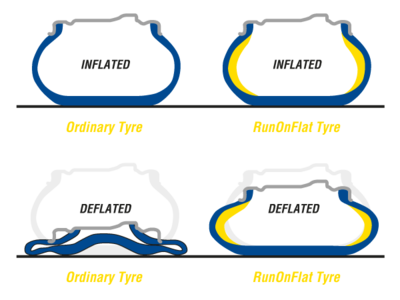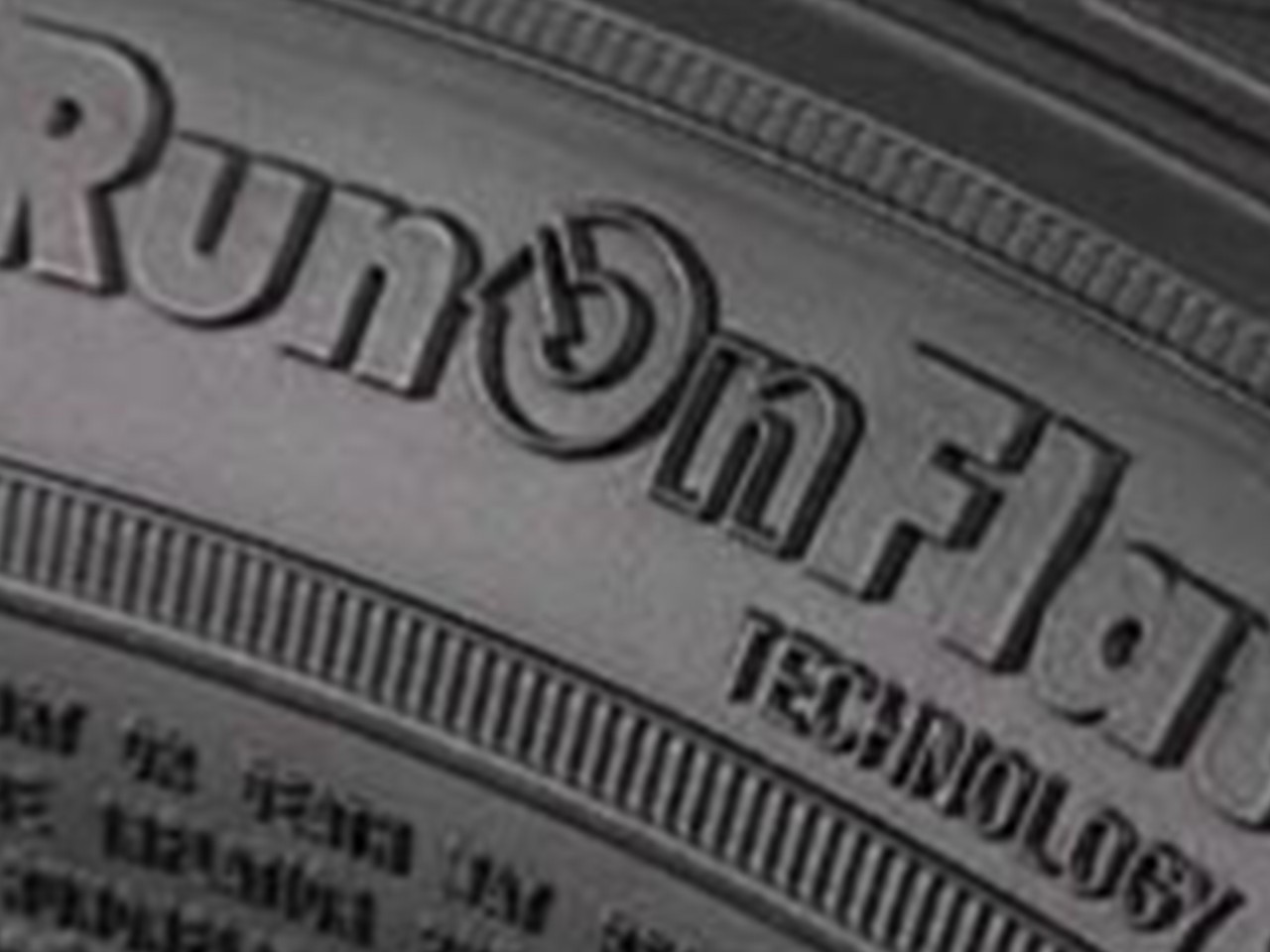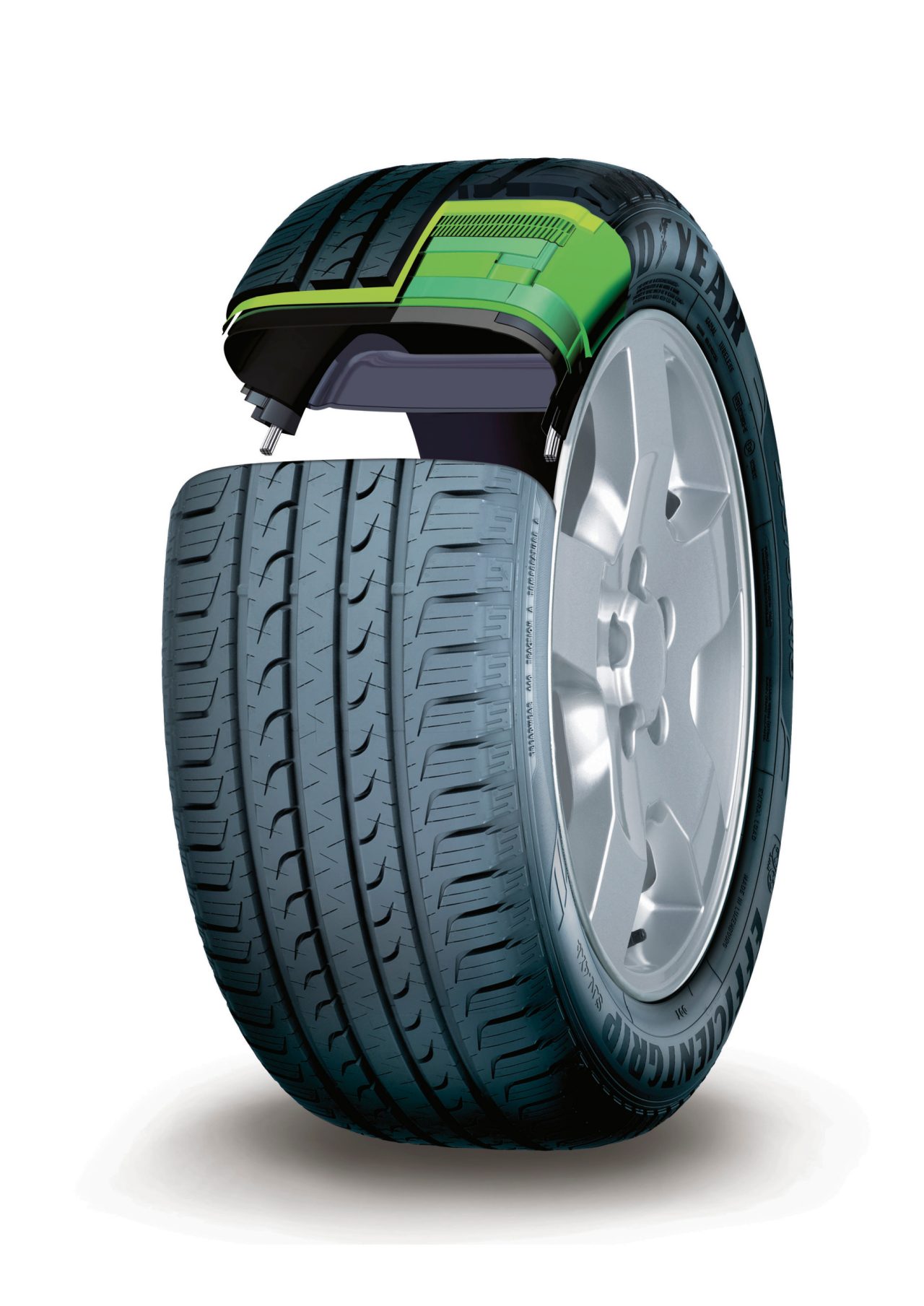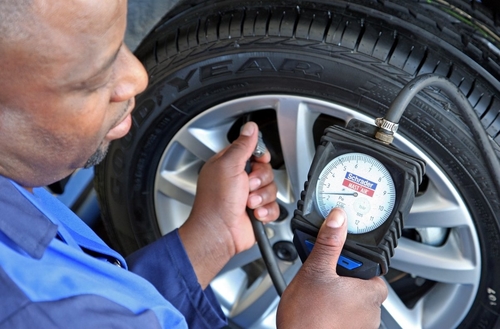Goodyear RunOnFlat tyres, also known as Run Flat tyres perform differently to a conventional tyre that will deflate in the case of a puncture. Run Flat tyres are designed with reinforced shoulders that allow the tyre to continue to carry the weight of the car over a limited distance. This means the driver can continue their journey for 50 miles at a speed of around 50mph* in the event of a puncture, to a safe and convenient destination to change the tyre.
Normal tyres in the case of a puncture are likely to affect the control the driver has over the vehicle and risk the tyre detaching from the rim, as well as causing damage to the alloy wheel.
* Unless vehicle manufacturers handbook advises otherwise.














